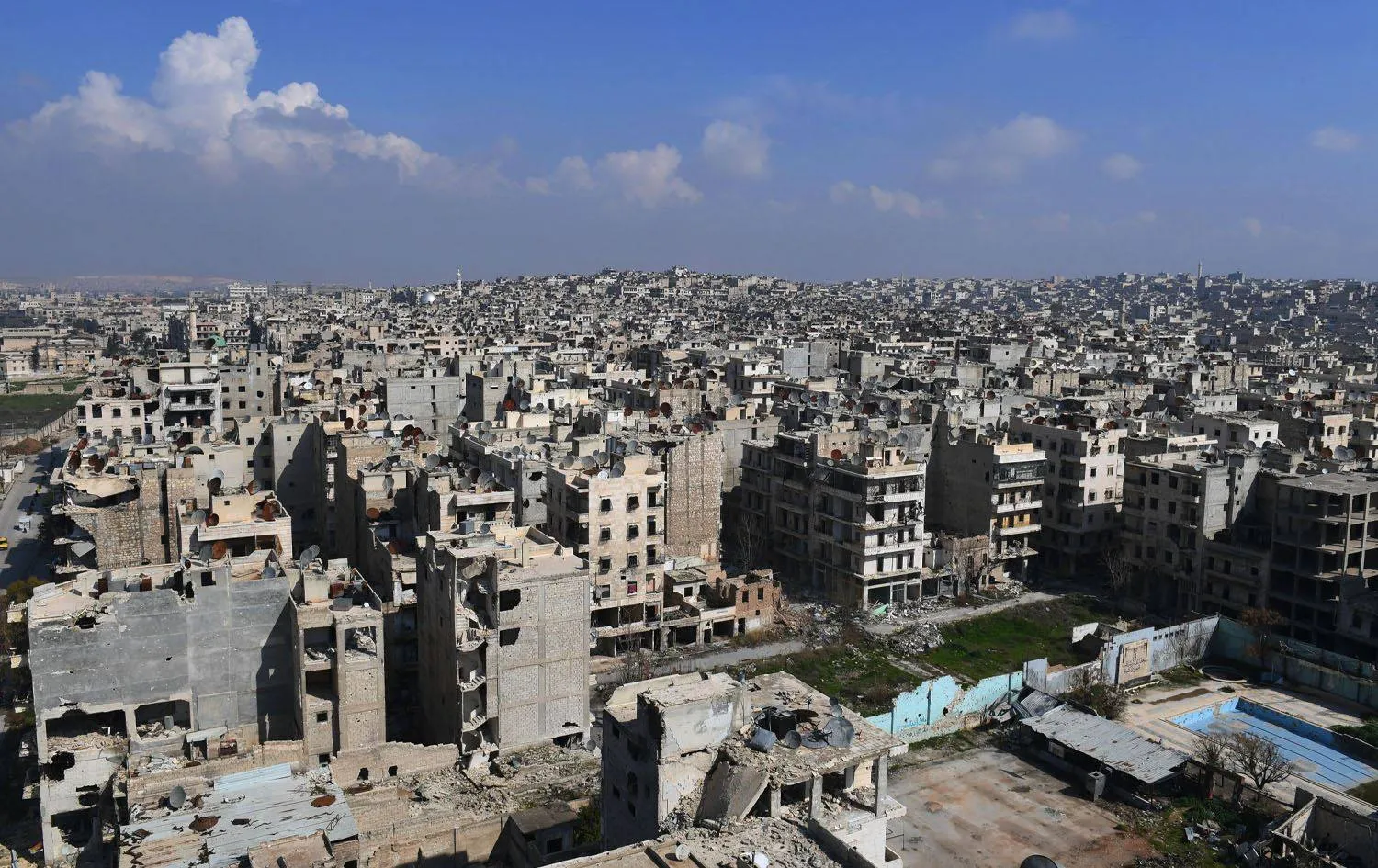The Sayyida Zainab district, once a key Iranian stronghold south of Damascus, has undergone a major shift after opposition forces took control of the Syrian capital and President Bashar al-Assad’s regime fell.
Within hours, the area shed its Iranian identity, a change welcomed with joy by residents who had long seen their district described as more Iranian than Syrian. In just two days, Iran, its allied militias, and Hezbollah lost their grip on the area.
“Our neighborhood is finally ours again,” locals told Asharq Al-Awsat during a visit on Tuesday.
In Bahman Market, the largest in Sayyida Zainab, shopkeepers are celebrating the changes in the area.
“The fall of Assad was achieved by our people, who restored Sayyida Zainab to its rightful residents,” said a shopkeeper, his joy unmistakable.
“Iran is gone, most of those they brought have left, and the rest are staying out of sight. Things are much better now,” he added.
Bahman Market in Sayyida Zainab looks completely different now. Hezbollah’s checkpoint is gone, armed fighters have disappeared, and sectarian banners have been removed.
Pictures of Iran’s leaders and Hezbollah chief Hassan Nasrallah—killed in an Israeli airstrike in Beirut’s southern suburbs last September—no longer hang in the market or on shopfronts.
“I was born and raised here,” said a 60-year-old local outside a candy shop. “Even before the Syrian uprising in 2011, Iran was trying to take over this area, using the Sayyida Zainab shrine as an excuse.”
“After the revolution began, Iran brought in thousands of fighters, formed militias, and settled them here,” the resident said.
“They took over properties from displaced opposition fighters, renamed streets and markets, and filled the area with Iranian symbols, flags, and militia banners,” they added.
“The district’s identity changed completely—it felt more Iranian than Syrian. We became a minority, while outsiders took control, dictating everything and pressuring us to sell our properties cheaply,” they noted.
“The old regime, now overthrown, did nothing to stop this because they depended on Iran’s support,” they added.
Opposition factions met with local elders on Sunday to discuss the Sayyida Zainab shrine, which will now be managed by the community, ending years of outside dominance.
“We’ll support and develop the shrine,” said a local elder.
“Visitors from all backgrounds are welcome. We are not against any sect but oppose those who take our land, alter our cities, and impose tyranny,” he affirmed.









